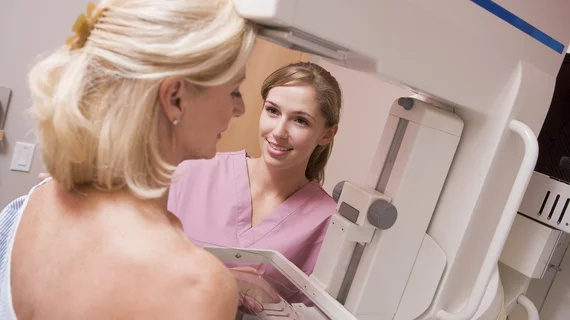Research confirms mammography's role in reducing breast cancer deaths
Women who are screened regularly for breast cancer have a much lower risk of dying from the disease within 20 years of diagnosis than women who do not undergo regular screening, according to new findings published in Cancer.
“Although all patients with breast cancer stand to benefit from advances in breast cancer therapy, the current results demonstrate that women who have participated in mammography screening obtain a significantly greater benefit from the therapy available at the time of diagnosis than do those who have not participated,” wrote first author Laszlo Tabar, MD, of Falun Central Hospital in Falun, Sweden, and colleagues.
Using health registries from a defined Swedish population, the team calculated both the overall annual incidences of breast cancer as well as breast cancer incidences resulting in mortality within 10 years and within 11-20 years of diagnosis among more than 52,000 women who did or did not participate in mammography screening from 1977 to 2015. The women's ages ranged from 40 to 69 years old.
Women who chose to engage in an organized breast cancer screening program, the researchers found, had a 60 percent lower risk of mortality from breast cancer within 10 years after diagnosis than women who did not engage in regular screening. Additionally, they had a 47 percent lower risk of mortality from breast cancer within 20 years of diagnosis.
A prepared statement issued by the American College of Radiology (ACR) noted that this research confirms findings from past studies and "debunks claims that mammography screening is not a primary factor in plummeting breast cancer deaths."
“The Tabar study shows beyond doubt that therapy is far more effective when breast cancers are found earlier via mammography. Screening and therapy work hand in hand,” said Dana Smetherman, MD, chair of the ACR’s Breast Imaging Commission. “Annual screening starting at age 40 and therapy are vital to saving the most lives.”

